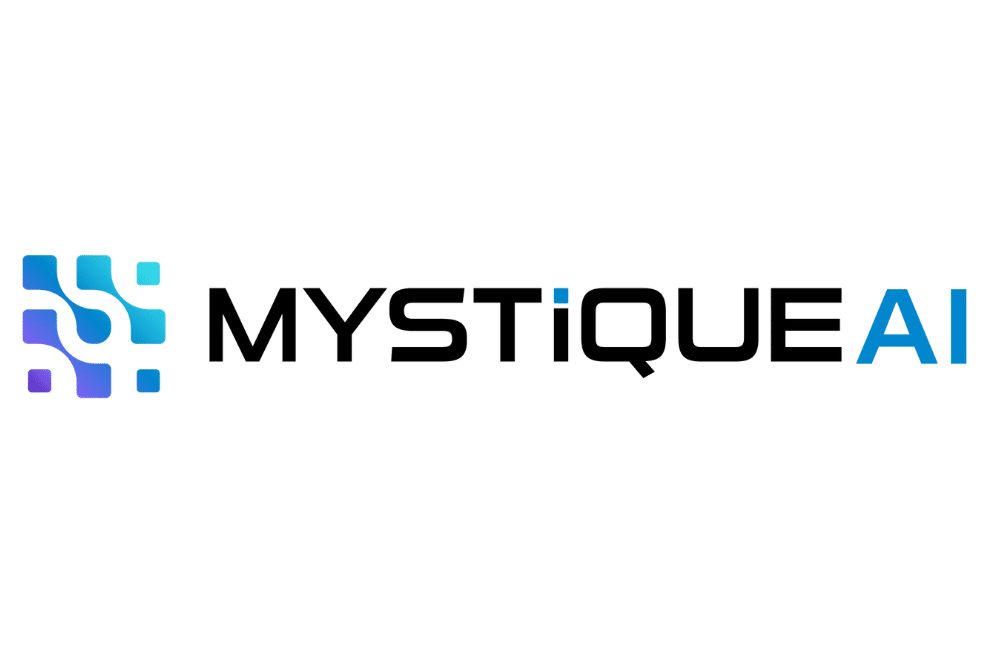Rolling Out an Email Marketing Strategy for Your Insurance Brokerage
Alexandra Ginieres

In today’s competitive insurance landscape, brokerages must adopt effective marketing strategies to attract and retain clients. Among the various marketing channels available, email marketing has proven to be one of the most powerful tools for insurance brokerages. After all, the average ROI for email marketing is $36 for every $1 spent. With its ability to reach a wide audience, foster relationships, and drive conversions, email marketing can help brokerages stand out from the crowd and achieve their business goals.
The purpose of this blog post is to provide insurance brokerages with a comprehensive guide to email marketing . We will discuss key strategies and best practices that can help you build a targeted email list, craft compelling subject lines, and provide valuable content. By implementing these strategies, insurance brokerages can enhance their email marketing efforts, engage their audience, and ultimately grow their business.
Whether you’re new to email marketing or looking to refine your existing strategies, this post will equip you with the knowledge and tools necessary to succeed in the digital age. So, let’s explore how insurance brokerages can utilize email marketing to drive results and build lasting relationships with their clients.
Build a Targeted Email List
One of the most important aspects of successful email marketing is having a targeted email list. A targeted email list consists of subscribers who have demonstrated an interest in your insurance services and are more likely to engage with your content. By segmenting your email list based on demographics, interests, and policies, you can ensure that your messages resonate with your audience and deliver relevant information.
Segmenting your email list allows you to tailor your content to specific groups of subscribers. For example, you can create separate email campaigns for individuals interested in health, disability, or life insurance. By providing targeted content, you increase the likelihood of your emails being opened, read, and acted upon. Additionally, segmentation helps you avoid sending irrelevant messages that may lead to unsubscribes or spam reports.
To grow your targeted email list, consider implementing the following strategies:
- Lead magnets: Offer valuable content, such as e-books, whitepapers, or guides, in exchange for a visitor’s email address. Make sure your lead magnets address common pain points or questions related to insurance, enticing potential subscribers to join your email list.
- Opt-in forms: Place prominent opt-in forms on your website, particularly on pages that receive high traffic, such as your homepage or blog. Use clear and compelling language to communicate the benefits of subscribing to your email list, such as receiving exclusive content, promotions, or personalized insurance advice.
- Referral programs: Encourage your existing subscribers to refer their friends and family to your email list. Offer incentives, such as discounts on insurance premiums or gift cards, for successful referrals. This strategy not only helps you grow your email list but also leverages the power of word-of-mouth marketing.
- Social media: Promote your email list on your social media channels, such as Facebook, Twitter, and LinkedIn. Share snippets of your email content and include a call-to-action encouraging your followers to subscribe for more valuable insights.
- Offline events: If your insurance brokerage participates in offline events, such as trade shows or community gatherings, use these opportunities to collect email addresses from interested individuals. Provide a sign-up sheet or use a tablet to capture email addresses on the spot.
By building a targeted email list and employing various growth strategies, insurance brokerages can ensure that their email marketing efforts reach the right audience and generate better results. A targeted email list is the foundation of effective email marketing, allowing you to nurture leads, build relationships, and convert subscribers into loyal clients.
Craft Compelling Subject Lines
The subject line is the first thing your recipients see when they receive your email, making it a critical element in determining whether they will open your message. A compelling subject line can significantly improve your open rates, while a poorly crafted one can lead to your email being ignored or marked as spam. Therefore, it’s essential to invest time and effort into creating subject lines that capture your audience’s attention and encourage them to engage with your content.
To write attention-grabbing subject lines, consider the following tips:
- Keep it concise: Subject lines should be brief and to the point, ideally not exceeding 50 characters. This ensures that your entire subject line is visible, even on mobile devices with smaller screens.
- Be clear and specific: Avoid vague or misleading subject lines. Instead, clearly communicate the content of your email so recipients know what to expect when they open it.
- Evoke curiosity: Use intriguing language that piques your audience’s interest and compels them to learn more. However, be cautious not to venture into clickbait territory, as this can erode trust and lead to unsubscribes.
- Personalize: Incorporate personalization tokens, such as the recipient’s name or location, to create a sense of connection and relevance. Personalized subject lines can increase open rates by making your emails feel more tailored to the individual.
- Highlight benefits: Emphasize the value your email content offers to the recipient. Whether it’s saving money on insurance premiums, accessing exclusive resources, or receiving expert advice, make sure your subject line communicates the benefits clearly.
Here are a few examples of subject lines that adhere to these principles:
- [Name], your life insurance lifeline – 3 must-knows
- Disability insurance: Your income’s bodyguard
- [Name], unlock the secrets to a worry-free future
These subject lines focus on the unique aspects of life and disability insurance, such as protecting income, securing a family’s financial future, and highlighting the importance of these coverages. Remember, the subject line is your first opportunity to capture your audience’s attention, so make it count. Keep them concise, specific, curiosity-evoking, and benefit-oriented to get the best results.
Provide Valuable Content
In order to connect and build trust with your audience, it is important to provide valuable content that is relevant and meaningful to them. When your emails consistently deliver value, your recipients are more likely to open, read, and interact with your content. This, in turn, can lead to increased brand loyalty, higher conversion rates, and a more successful email marketing campaign.
To provide valuable content, focus on topics that address your audience’s needs, concerns, and interests related to life and disability insurance. Consider including the following types of content in your emails:
- Industry news: Keep your subscribers informed about the latest developments in the industry. This can include changes in regulations, new product offerings, or market trends that may impact your audience.
- Tips and advice: Share practical tips and advice that help your subscribers make informed decisions about their insurance coverage. This can include guidance on determining the right coverage amount, understanding policy terms, or navigating the claims process.
- New products: Notify your subscribers about any new products your brokerage offers. Clearly explain the benefits of these products.
- Case studies: Share real-life examples of how your insurance products have helped clients in various situations. These stories can help your subscribers relate to the importance of having proper coverage and demonstrate the value of your offerings.
- Educational resources: Provide your subscribers with educational resources, such as guides, infographics, or videos, that break down complex insurance concepts into easily digestible formats. This can help your audience better understand their coverage options and make more informed decisions.
While providing engaging content is essential, it’s also important to balance informative content with promotional messages. Aim for a mix of 80% informative content and 20% promotional content in your emails. This ratio ensures that your subscribers receive plenty of value while still being exposed to your products and services.
When including promotional content, make sure it is relevant and targeted to your audience’s needs. For example, if you’re promoting a new disability insurance product, highlight how it addresses specific pain points or gaps in coverage that your subscribers may be experiencing. By tying your promotional content to the informative content in your emails, you can create a seamless and compelling narrative that encourages your audience to take action.
Remember, the key to providing valuable content is to prioritize your audience’s needs and interests over your own promotional goals. By consistently delivering relevant and informative content, you can establish your insurance brokerage as a trusted resource and build long-lasting relationships with your email subscribers.
Conclusion
Let’s recap the main strategies we discussed:
- Build a targeted email list by segmenting your audience based on demographics, interests, and policies, and employ various growth strategies to attract subscribers.
- Craft compelling subject lines that are concise, specific, curiosity-evoking, personalized, and benefit-oriented to improve open rates and engage your audience.
- Provide valuable content that is relevant, informative, and addresses your subscribers’ needs and interests related to life and disability insurance.
By implementing these best practices, brokerages specializing in life and disability insurance can build stronger relationships with their clients, increase brand awareness, and ultimately drive more business.


